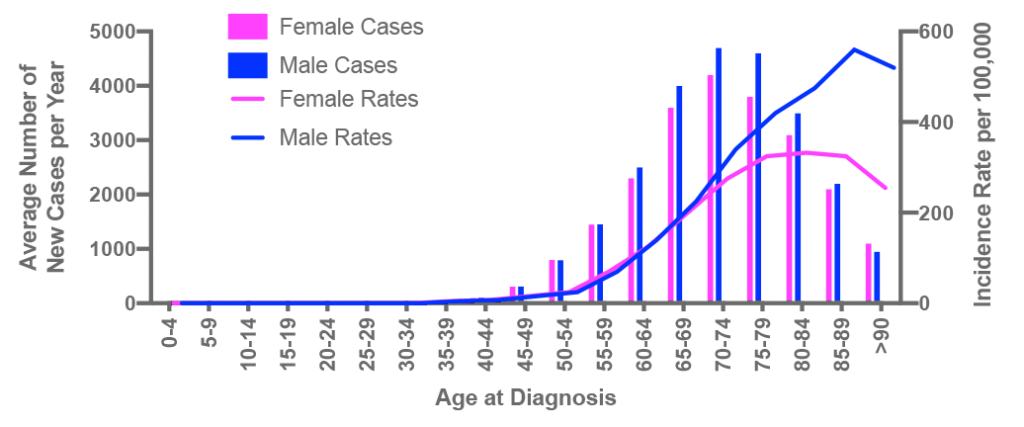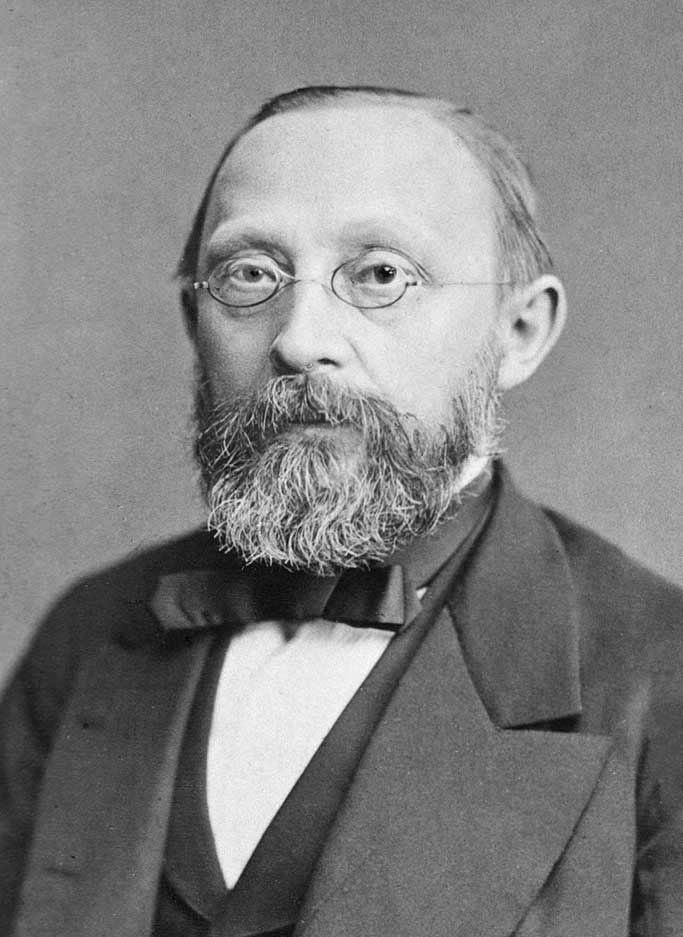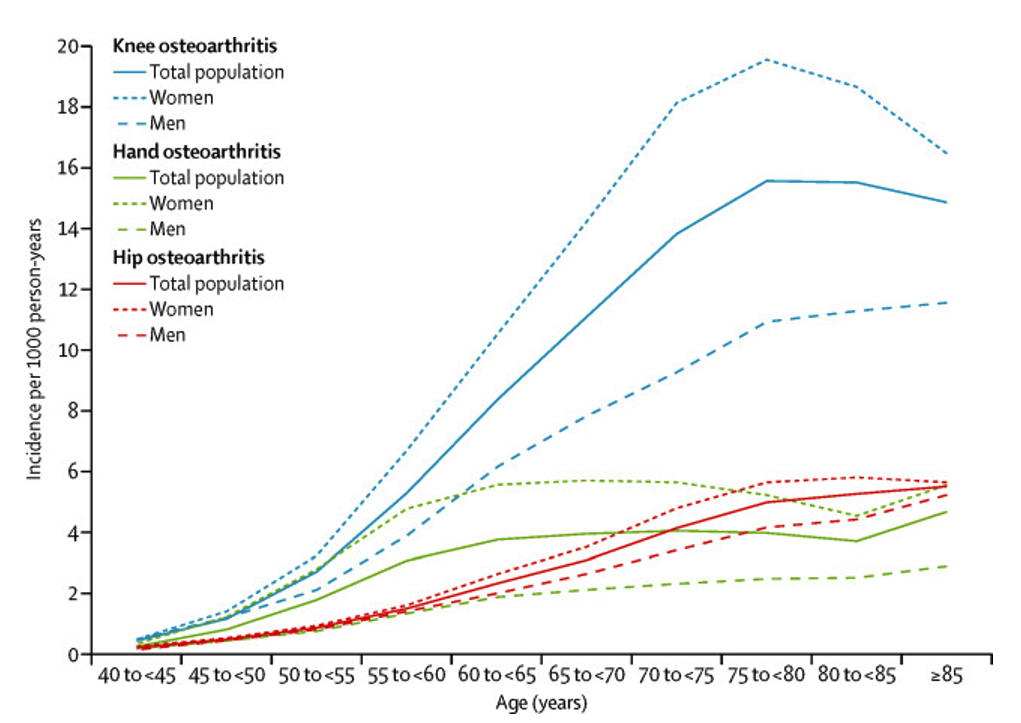progress
Our lead drug development programs are focused on age-related cancers and osteoarthritis
Incidence rates are strongly related to age for all cancers combined. Age-specific incidence rates rise steeply from around age 55-59, with the highest rates in the 85 to 89 age group.
Cancer Research, UK

All Cancers, Average Number of New Cases per Year and Age-Specific Incidence Rates per 100,000 Population, UK, 2015-2017

In 1863, Rudolf Virchow hypothesized that the origin of cancer was at sites of chronic inflammation.
Control of Inflammation in Tumor Microenvironment (TME)
Key cell types such as tumor-associated macrophage (TAM), myeloid-derived-suppressor cells (MDSC) and (regulatory) Treg cells exploit many mechanisms in the TME to promote cancer growth and prevent immune activation. By blocking critical pro-inflammatory pathways, our drug candidates have potential to reverse the phenotype and activity of these cells, thus altering the cancer-supportive and immune suppressive TME.
BiSpecific (BiSAb) Formats
At Immetas, we are employing a toolbox approach to BiSAb generation. We append different binding domains to a variety of positions on an antibody backbone. Our molecules are molecularly symmetrical and have two binding sites for each antigen.




OA Prevalence & Public Health Burden
OA is expected to be the single greatest cause of disability in the general population by 2030
(Thomas 2014)
(WHO 2015)

Control of Synovial Inflammation in Osteoarthritis
In the complex pathogenesis of osteoarthritis, synovial inflammation directly contributes to cartilage erosion. Targeting an upstream innate immunity pathway with an intra-articular injection of compounds, Immetas has identified promises to mute macrophage and lymphocyte activity, downregulate pro-inflammatory cytokine levels, and avoid systemic adverse effects.
